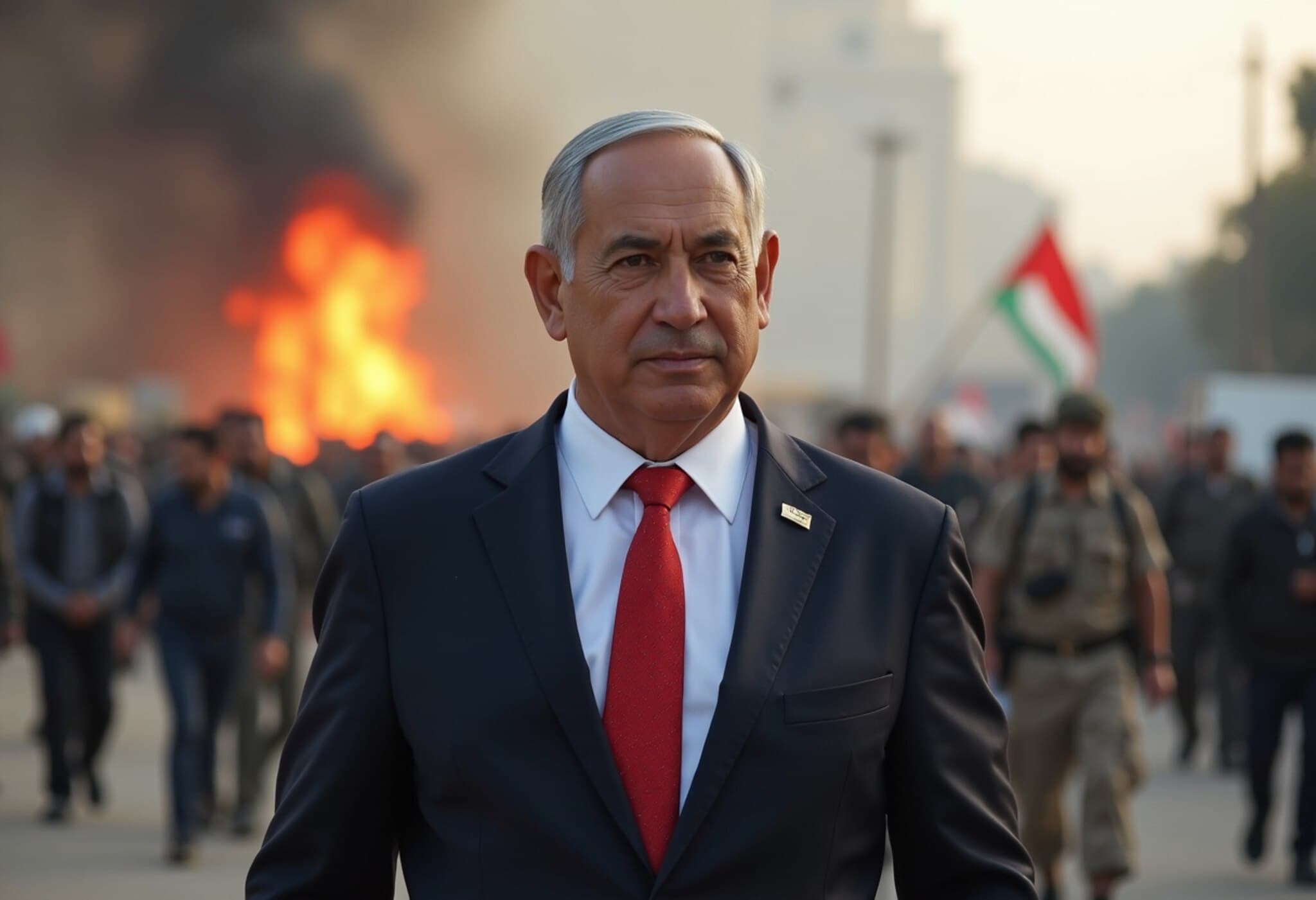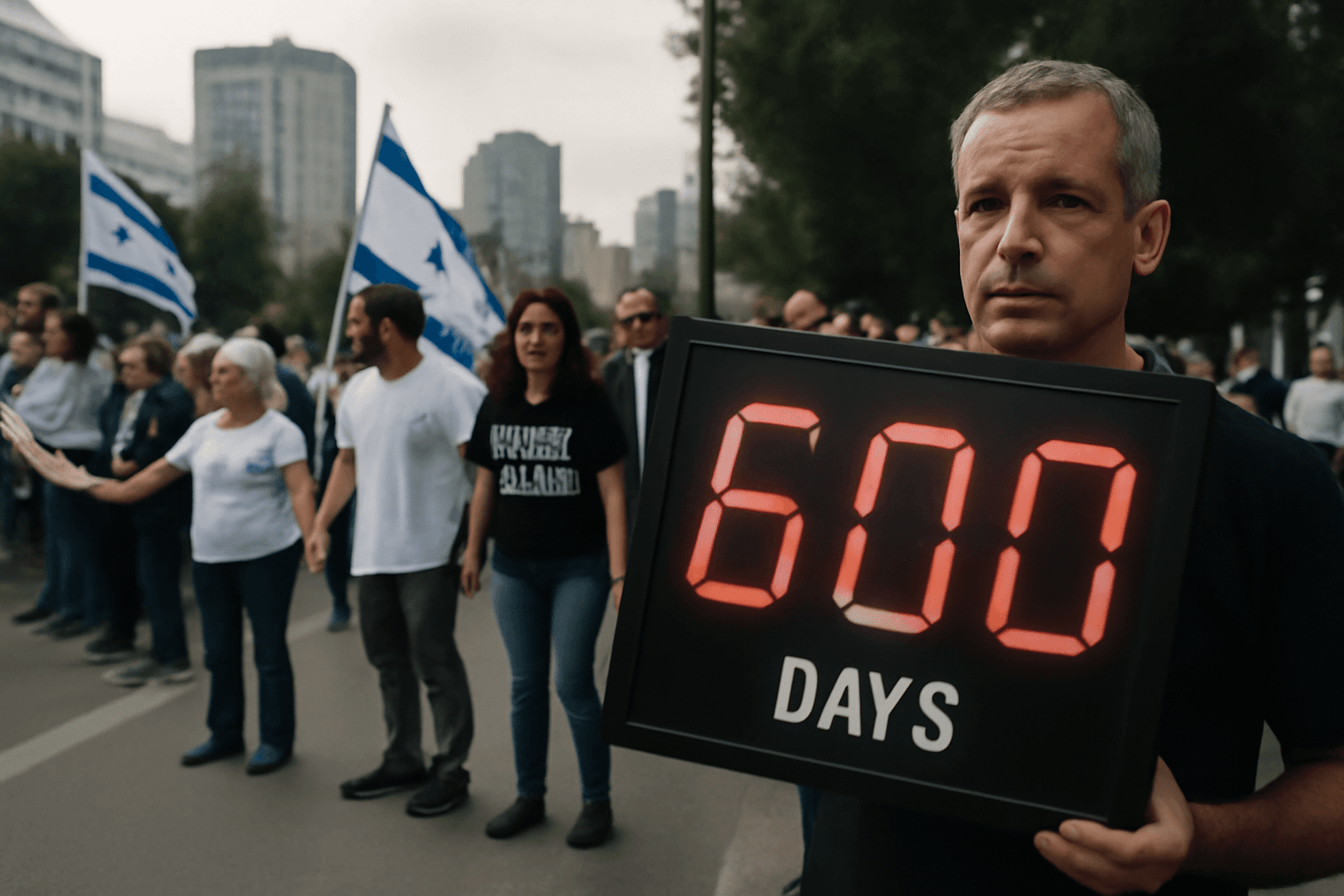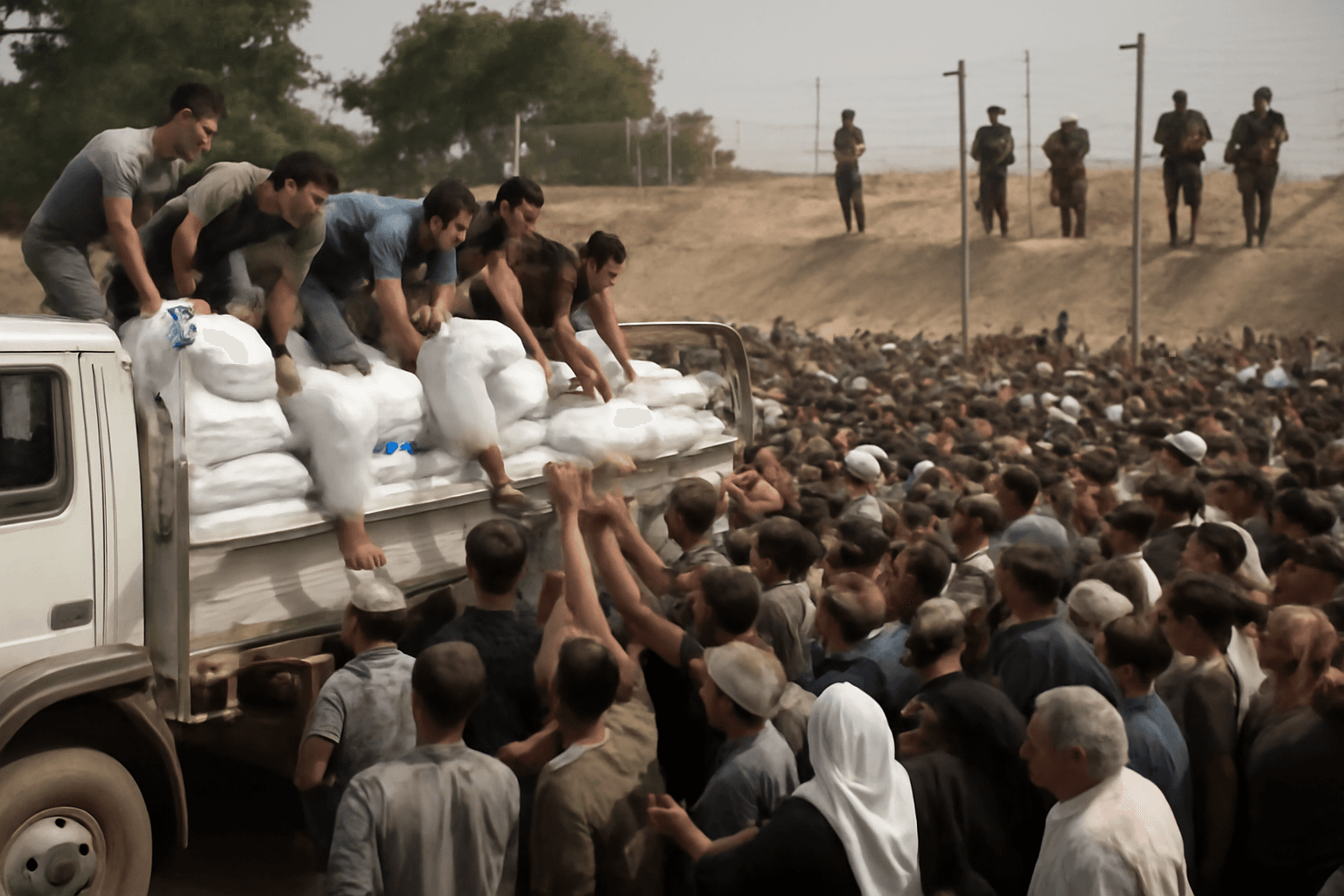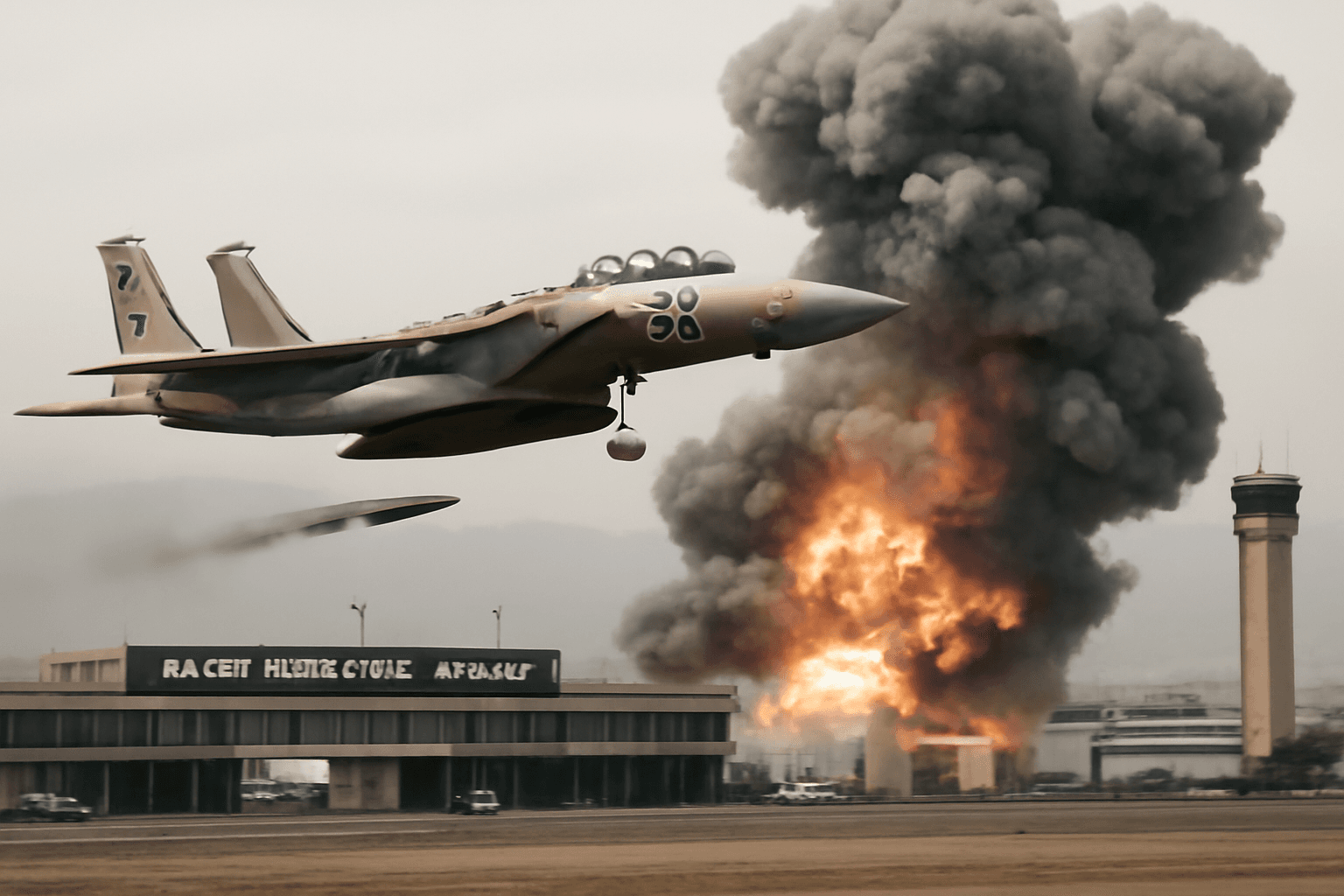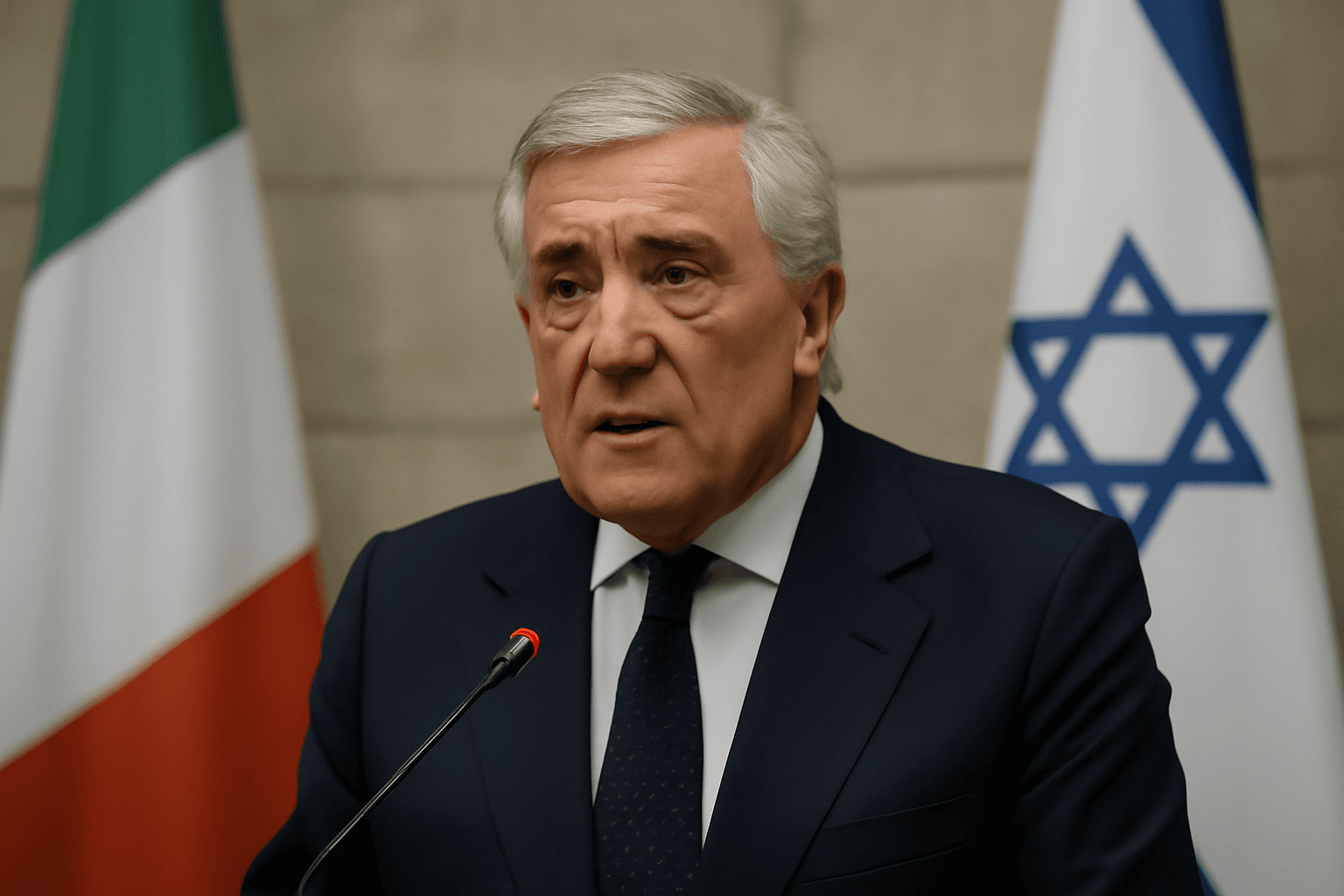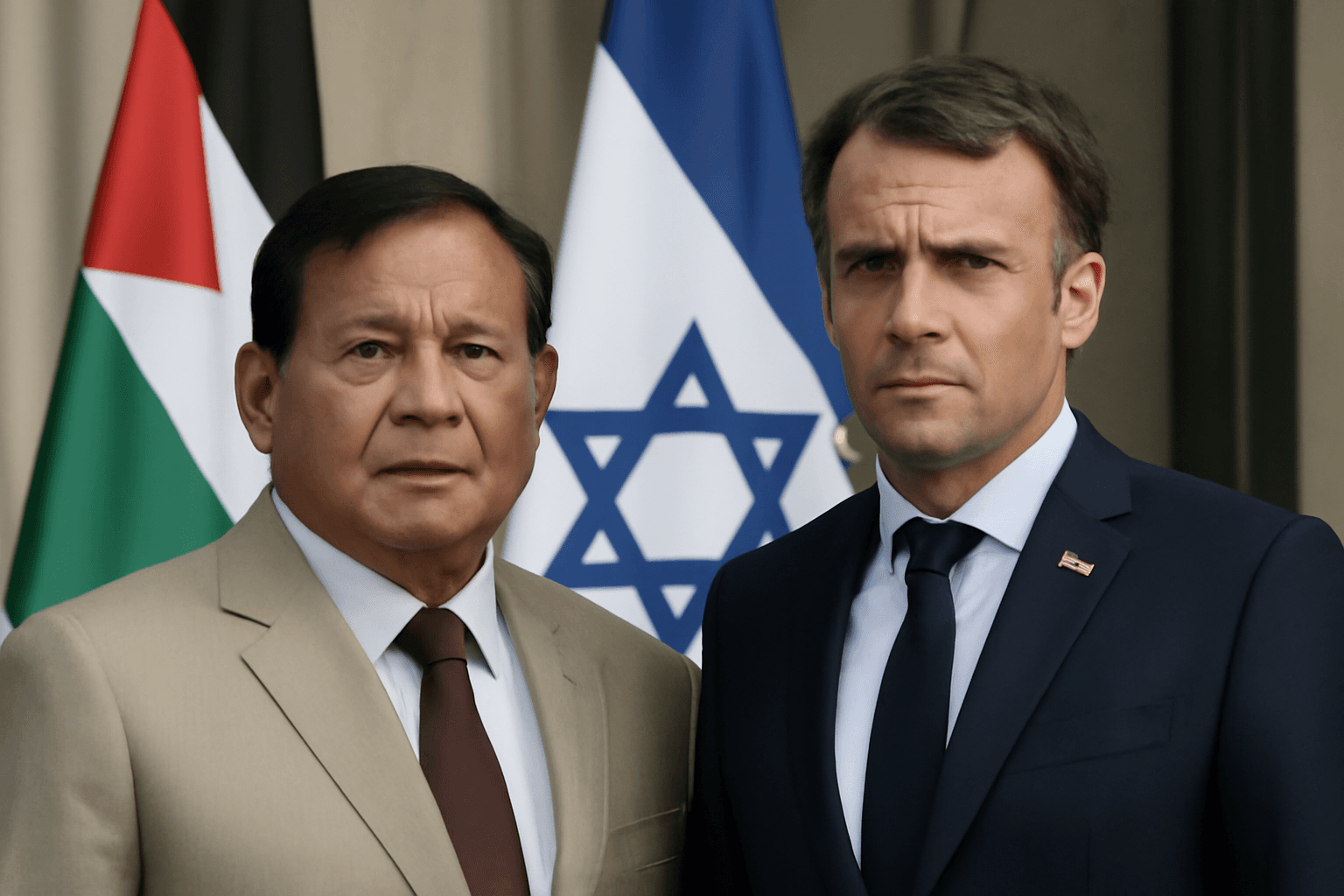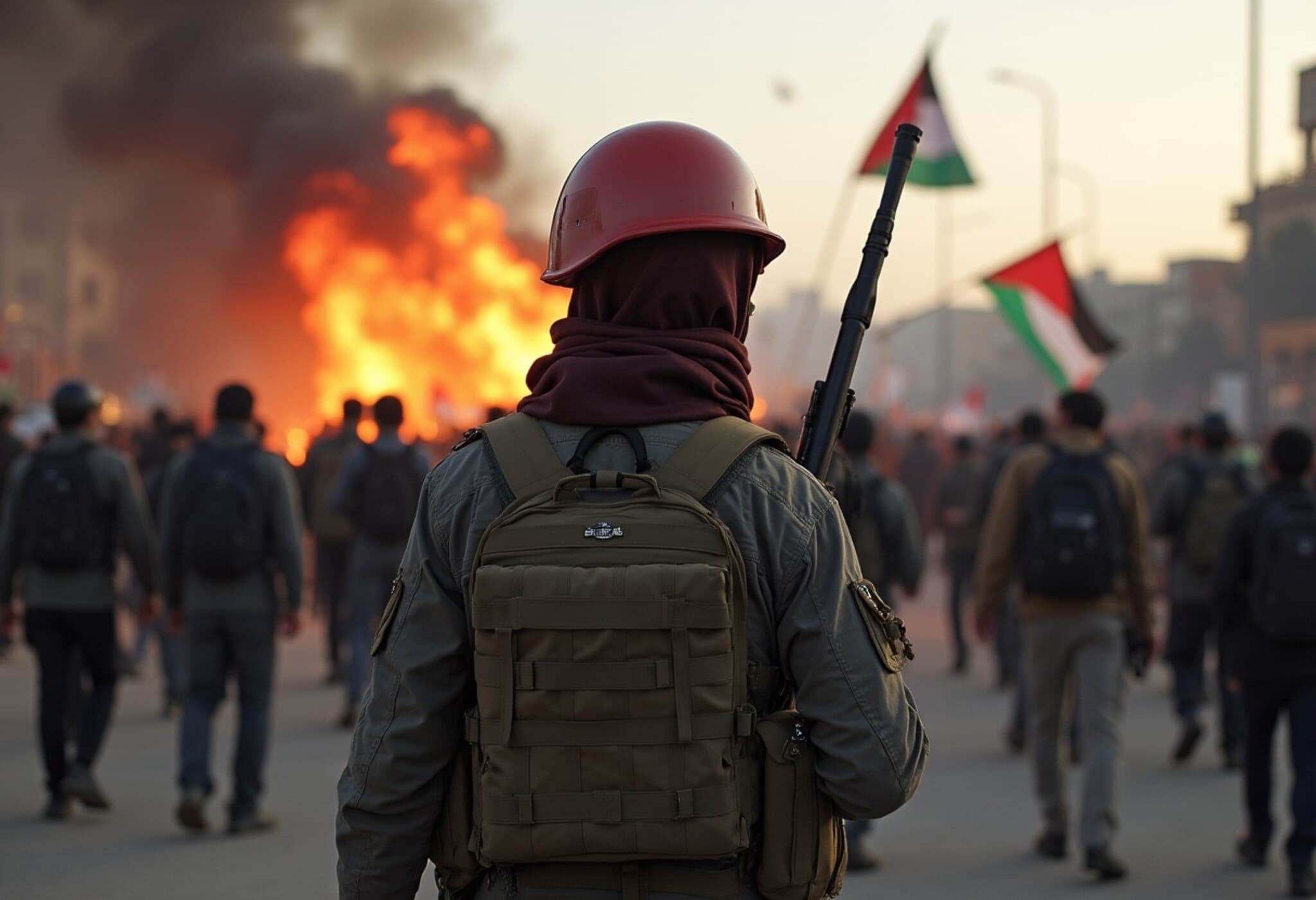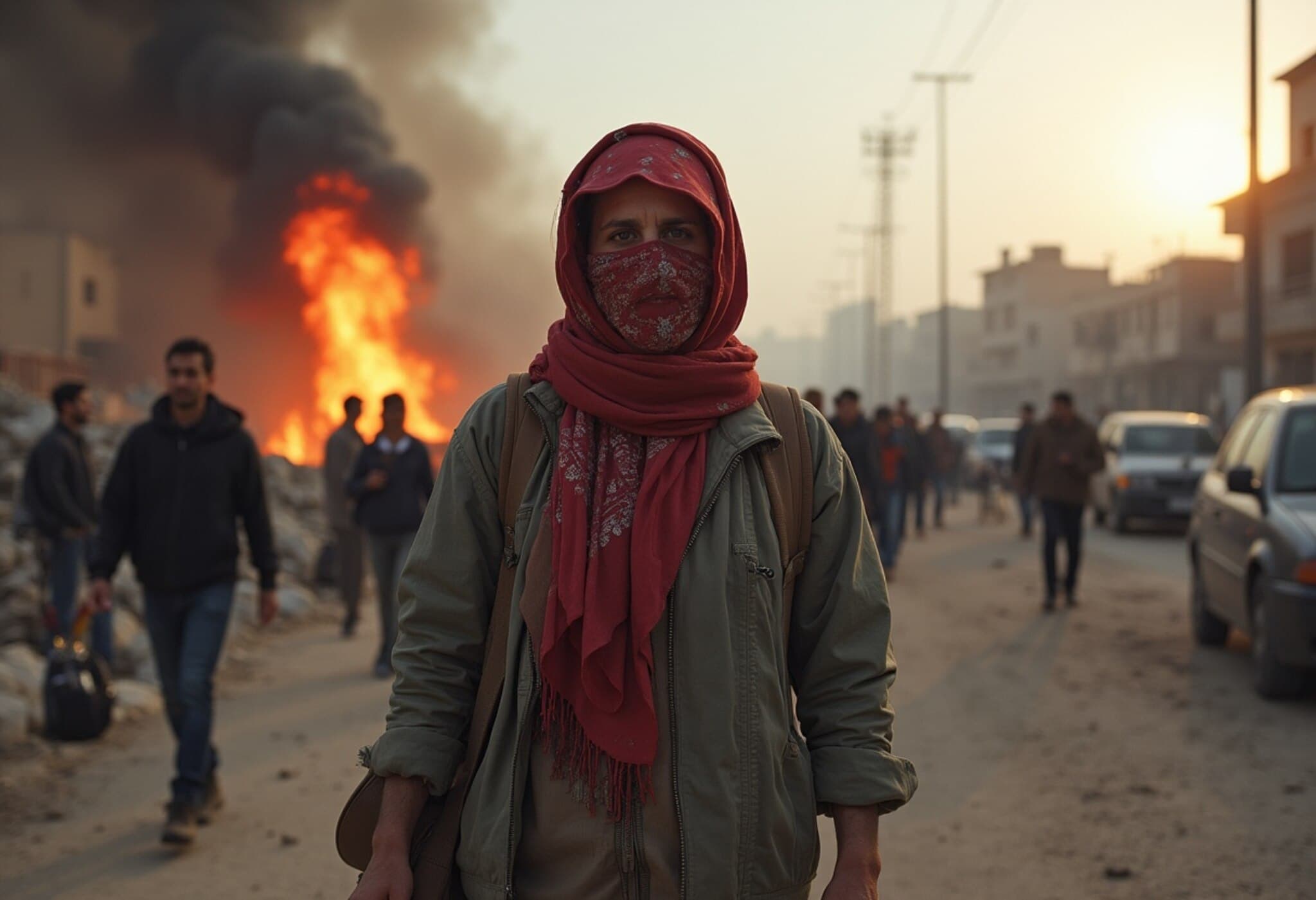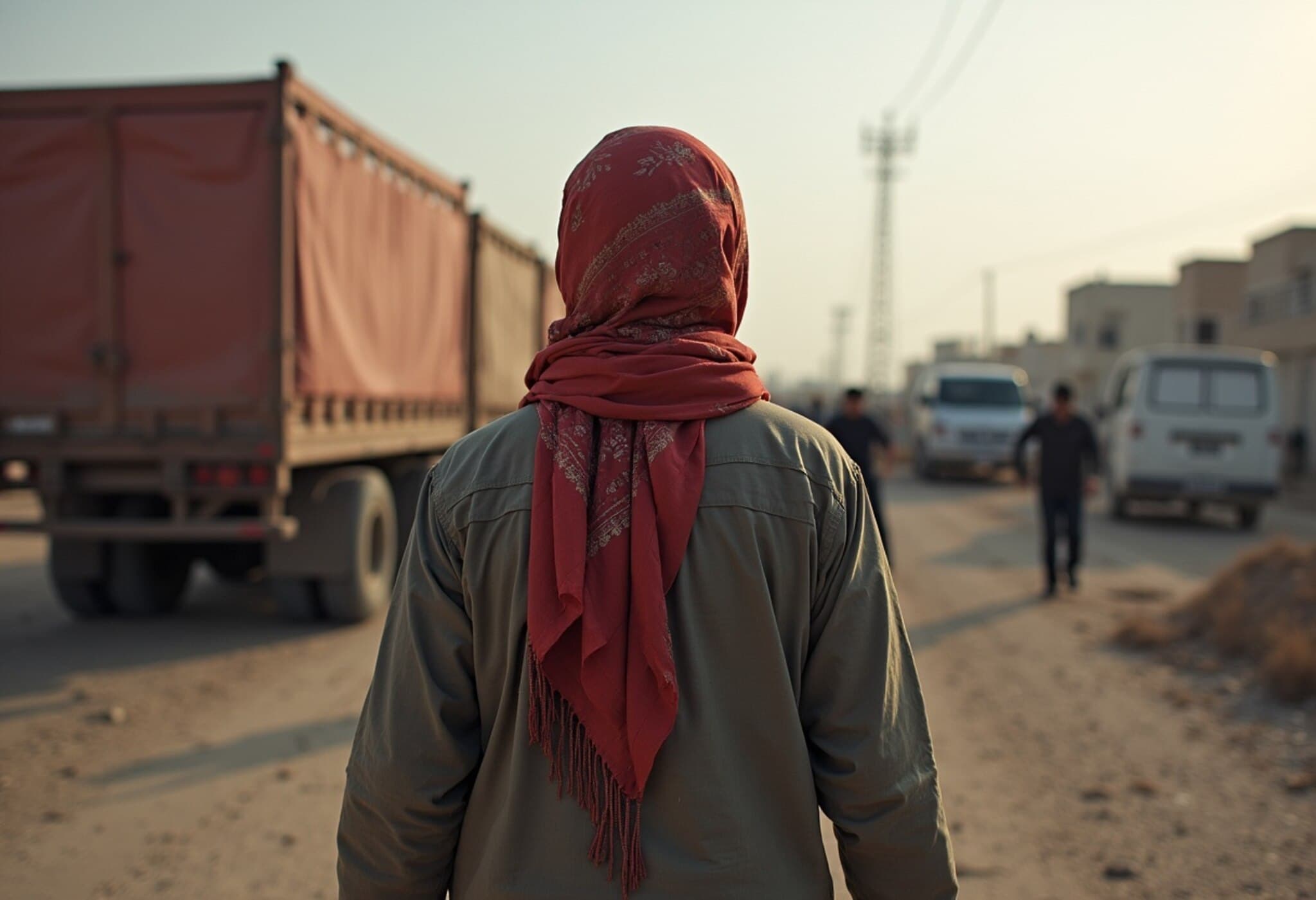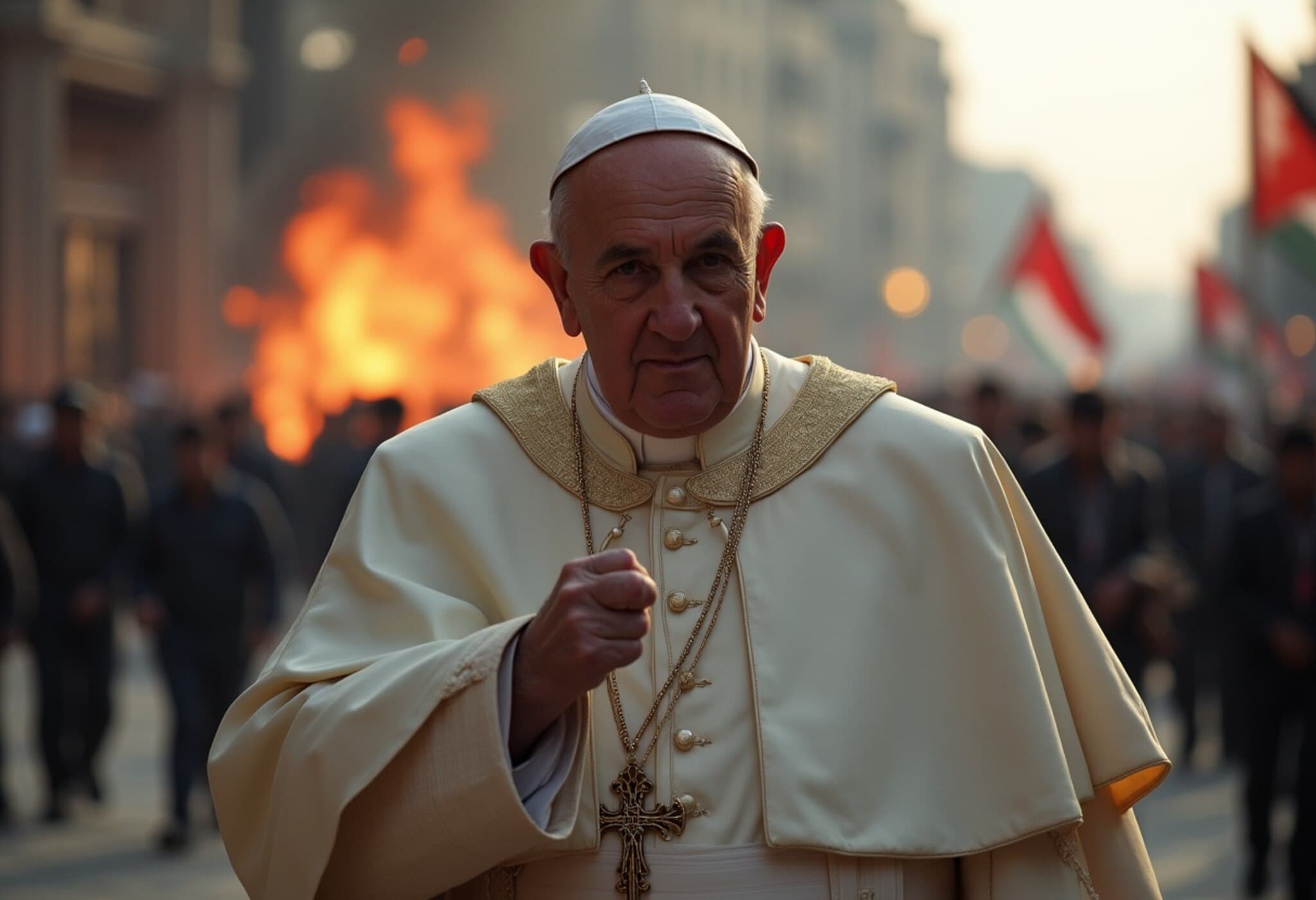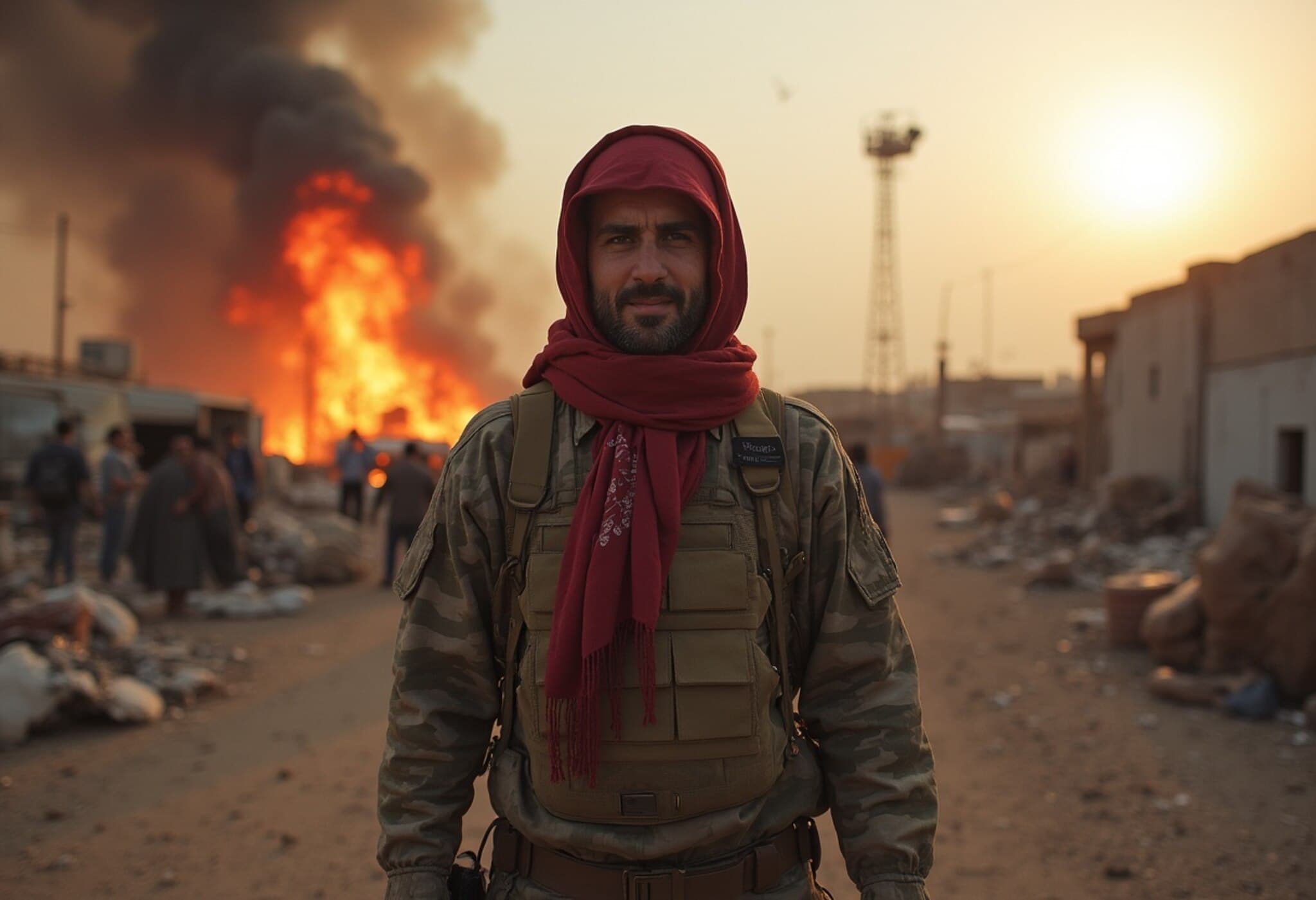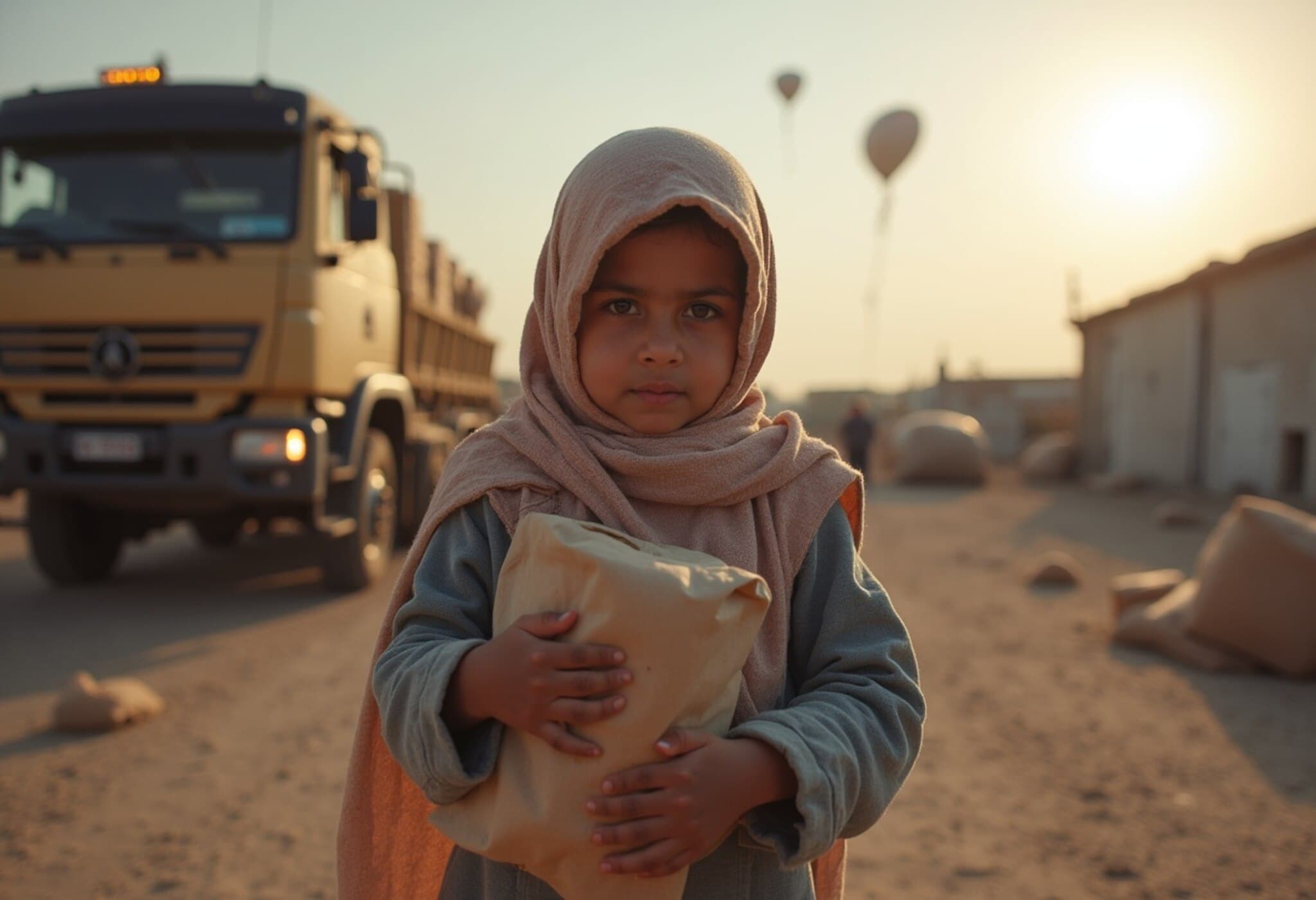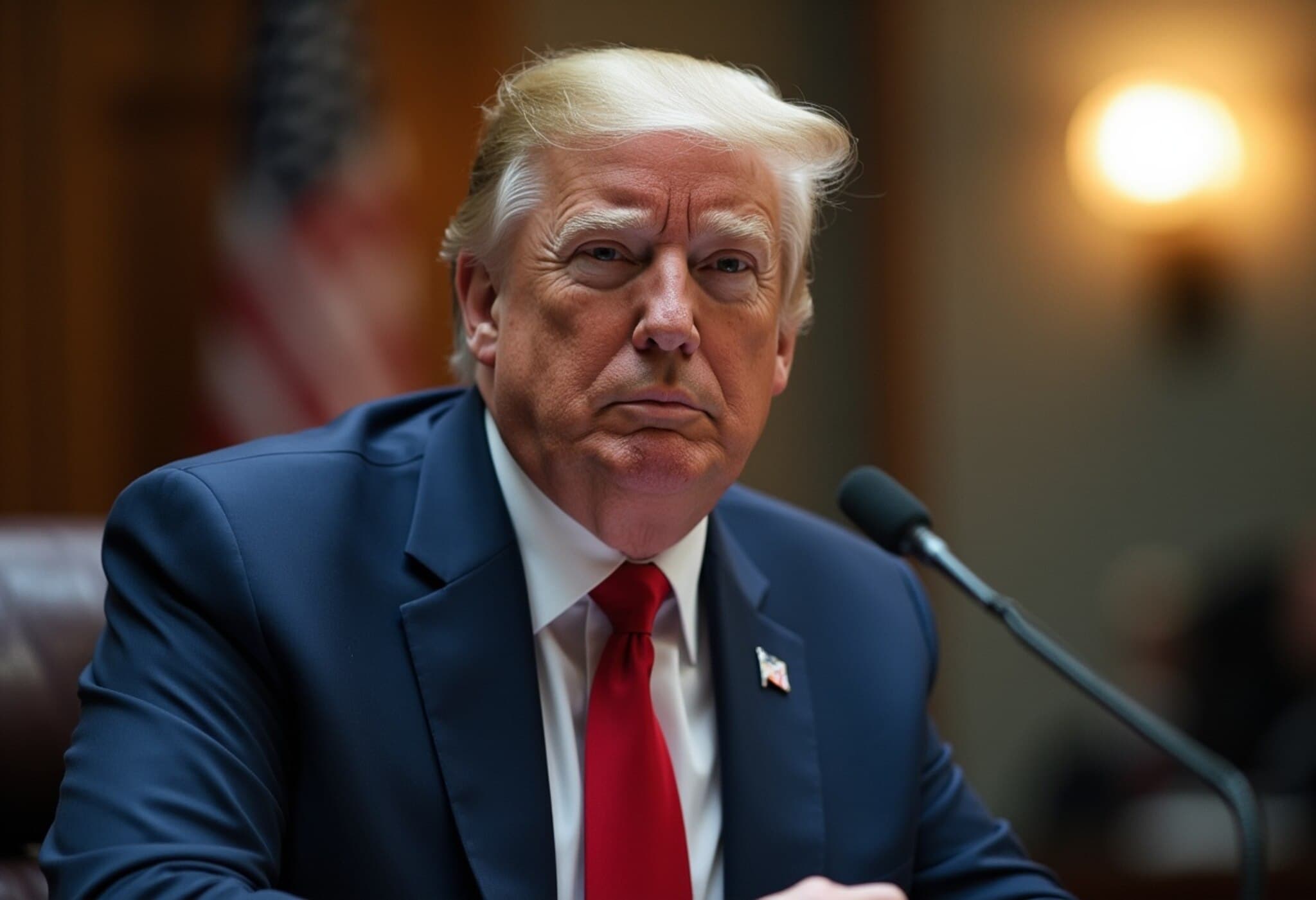Netanyahu Signals Expanded Military Operations in Gaza Amid Humanitarian Catastrophe
Israeli Prime Minister Benjamin Netanyahu has announced plans to extend military operations into parts of Gaza currently beyond Israeli control, areas that have long served as a refuge for nearly 2 million Palestinians displaced by months of relentless conflict and blockade.
The Human Face of Gaza’s Crisis
In Gaza City’s sweltering summer heat, families like that of three-year-old Jourieh Razayneh find scant relief, sheltering in tents amid devastating shortages of food and water. Reports from within the enclave paint a bleak picture: acute famine-like conditions are driving up malnutrition and death tolls, with the health ministry reporting 227 starvation-related deaths, including 103 children, since the conflict intensified.
Military Strategy and Political Calculus
Netanyahu’s announcement comes amid a highly complex military and political landscape. While Israel already controls nearly two-thirds of Gaza, his intention to push further into central areas such as the historic Palestinian refugee camps of Nuseirat and Bureij signals an escalation with potentially catastrophic consequences. Military experts caution that gaining ground in these densely populated zones could trigger extensive destruction while risking the lives of both civilians and Israeli soldiers. Notably, even Israel’s Chief of Staff has expressed concerns that the offensive might endanger remaining hostages held by Hamas and could become a "death trap" for troops.
For Netanyahu, the offensive is sharply linked to the demand that all Israeli hostages held since Hamas’s October 7, 2023 attack are freed and that Hamas militants surrender, underscoring the deep stakes involved in the ongoing war.
International Alarm Over Humanitarian Collapse
On the global front, foreign ministers from 24 nations — including Britain, Canada, Australia, France, and Japan — issued a stark warning about the "unimaginable" humanitarian crisis unfolding in Gaza. Their joint statement called for urgent, unrestricted humanitarian aid access to halt the deepening famine and suffering of civilians.
However, Israel has repeatedly accused Hamas of diverting aid resources and refuses responsibility for the pervasive hunger crisis, adding layers of complexity to international relief efforts.
Diplomatic Moves and Prospects for a Truce
Amid the escalating conflict, Hamas leader Khalil Al-Hayya is traveling to Cairo to engage in talks aimed at revitalizing a US-led ceasefire proposal. Previous attempts fell apart with both sides attributing blame for delays over a proposed 60-day truce and hostage negotiations. Renewed talks seek common ground, with Hamas officials signaling openness to negotiations as the only viable path toward ending hostilities.
Economic Ripples: Global Investments Reconsidered
Beyond the battlefield, the conflict’s reverberations are felt in global finance. Norges Bank Investment Management, which oversees assets totaling approximately $2 trillion, has announced it is reviewing its investments in Israeli companies amid the ongoing crisis. This move highlights increasing scrutiny from international investors regarding the ethical and financial risks tied to the war and humanitarian calamity in Gaza.
Reflections: Balancing Security, Humanity, and Peace Prospects
Netanyahu’s firm stance underscores the Israeli government’s prioritization of security and hostage recovery. Yet, the widening scope of military operations threatens to exacerbate an already dire humanitarian situation, potentially fueling further displacement and suffering among Palestinians in Gaza.
The international community faces difficult questions: How can pressure be effectively applied to ensure humanitarian aid reaches those in need? What diplomatic avenues remain open to prevent a protracted conflict? And how might investors use economic leverage to influence a path toward peace?
Editor’s Note
The situation in Gaza remains one of the most contentious and heart-wrenching crises in recent global memory. As military, political, humanitarian, and economic dynamics converge, the stakes for millions of civilians and regional stability could not be higher. Readers are encouraged to follow multi-source updates and consider the complexities behind headline developments, recognizing the profound human toll entwined with geopolitical strategies.

